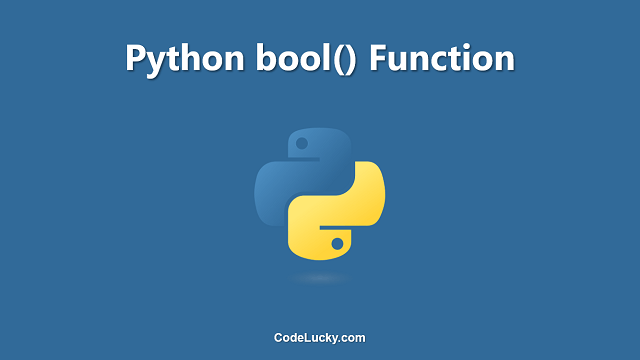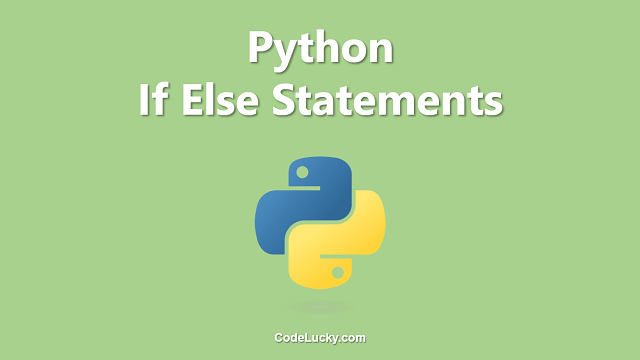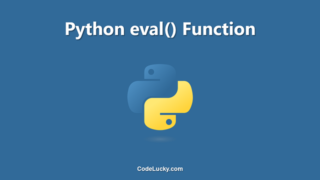The bool() function in Python is a built-in function that returns a Boolean value (True or False) based on the truthiness or falsiness of an object. The function can be used to determine whether a value, expression, or an object is True or False in the context of a condition or control flow statement.
Basic Information
- The
bool()function returns the Boolean value of an object. If the object is truthy (True), the function returns True. If the object is falsy (False), the function returns False. - The
bool()function can take any type of object, including numbers, strings, lists, dictionaries, etc., as an argument and returns a Boolean value based on its truthiness or falsiness. - There are several built-in objects in Python that are considered falsy, including None, 0, empty sequences (such as “” or []), and dictionaries with no key-value pairs ({}). All other objects are considered truthy.
Syntax
bool(x)
where x is the object for which you want to find the Boolean value.
Return Value
The bool() function returns either True or False based on the truthiness or falsiness of the object passed as an argument.
Examples
Example 1: Using bool() with numbers
>>> bool(0) False >>> bool(1) True
Example 2: Using bool() with strings
>>> bool("")
False
>>> bool("Hello")
True
Example 3: Using bool() with lists
>>> bool([]) False >>> bool([1, 2, 3]) True
Use cases
The bool() function can be used in various control flow statements and conditions to determine whether an object is truthy or falsy. For example:
- Checking if a list is empty before performing operations on it
- Checking if a string is not empty before processing it
- Evaluating conditions in if statements and while loops
Conclusion
In conclusion, the bool() function is a simple and versatile built-in function in Python that returns the Boolean value of an object. It can be used in various control flow statements and conditions to determine whether an object is truthy or falsy, making it a useful tool for developers to have in their toolkit.







